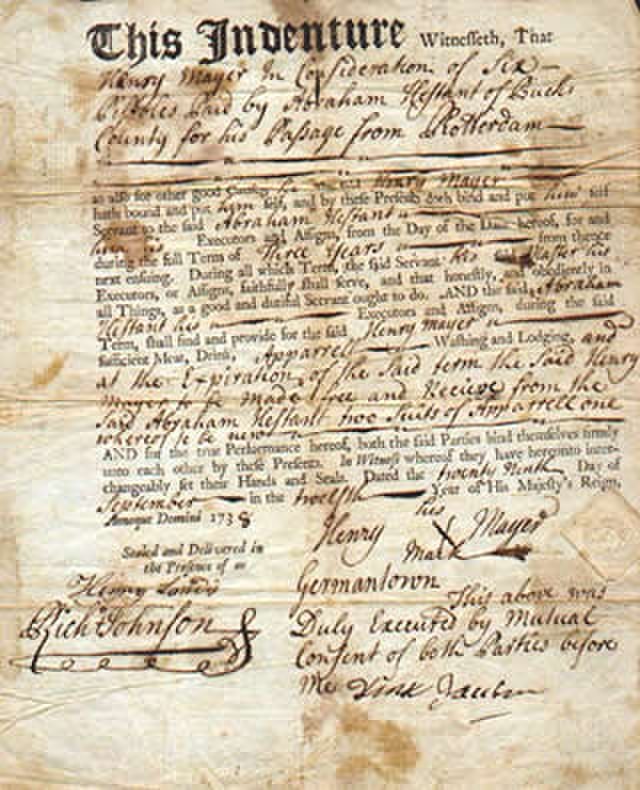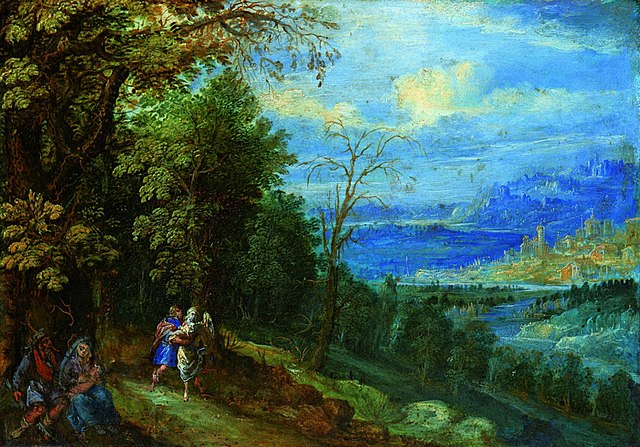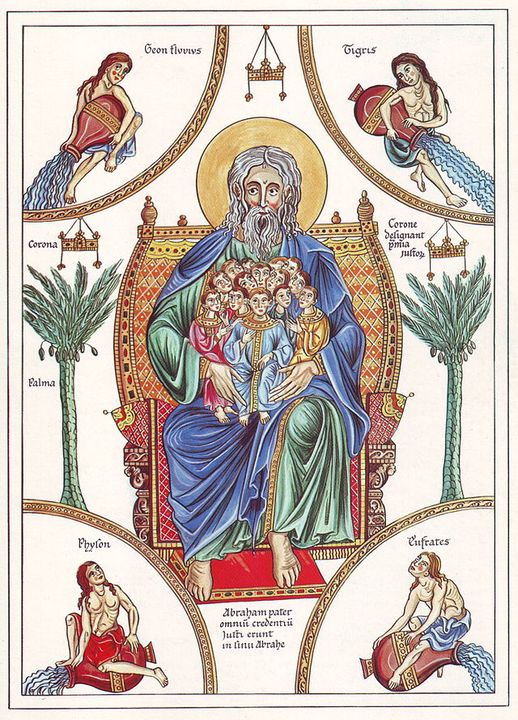Interpreting the Genesis creation story necessitates a step beyond our modern perspectives and an immersion into its original cultural milieu—the Ancient Near East (ANE). Old Testament scholar John Walton provides remarkable insights in this regard. He proposes that the Genesis creation account parallels ANE temple inauguration ceremonies in numerous ways, notably in the significance of the seventh day, or the ‘day of rest’. It’s crucial to underscore that Walton affirms God as the Creator of the universe; however, he argues that Genesis 1 isn’t primarily a material creation narrative but focuses on the inauguration of cosmic order and function.
Temple Inauguration in the Ancient Near East
In the ANE, temples functioned as sacred intersections where the divine and earthly realms met. Temple dedications were momentous occasions, marking the deity’s arrival and the commencement of the temple’s divine function. Typically, these ceremonies spanned seven days, concluding on the seventh day when the deity took residence and began to ‘rest’. This ‘rest’ signified the deity’s contentment with the order established and marked the functional start of the temple.
Genesis Creation Account
The Genesis creation narrative (Genesis 1:1-2:3) unfolds across seven days, culminating with God’s ‘rest’ on the Sabbath. Walton contends that this narrative describes not the material creation of the cosmos but God establishing cosmic order and functionality, paralleling a deity’s entrance into a temple in ANE cultures.
Walton’s Interpretation of בָּרָא
A crucial component of Walton’s interpretation involves the Hebrew word בָּרָא (translated as ‘create’ in English). Walton argues that the term, in its biblical context, doesn’t necessarily imply a material creation out of nothing (creatio ex nihilo). Instead, בָּרָא often refers to assigning roles or functions. In Genesis 1, God is described as ‘creating’ (בָּרָא) various elements of the cosmos across the six days. However, Walton proposes that this should be understood more in terms of God assigning functions and establishing order rather than manufacturing the physical universe.
Parallels Between Genesis and ANE Temple Inaugurations
Walton’s analysis uncovers compelling parallels between the Genesis creation account and ANE temple inaugurations:
Seven-Day Framework: Both narratives unfold over seven days, connecting the structure of the Genesis creation narrative with the practices of ANE temple inaugurations.
Order and Function: Both narratives emphasize order and functionality. The deity’s ‘rest’ on the seventh day of an ANE temple inauguration denoted the satisfaction with the established order and the temple’s functional initiation. Similarly, in Genesis, God ‘rests’ after ordering the cosmos, indicating the cosmos’s operational readiness.
Divine Presence: In ANE temple inaugurations, the deity’s arrival marked the beginning of its continuous presence and the temple’s functional readiness. In Genesis, God’s Sabbath rest mirrors this, symbolizing His abode within His ordered world, ready to function as intended.
Conclusion
John Walton’s insightful analysis offers a fresh lens through which to view the Genesis creation account. By recognizing the parallels between Genesis and ANE temple inaugurations, we can interpret Genesis 1 not merely as a narrative of material origins but as a depiction of God ordering the cosmos and initiating its functionality. Walton reaffirms God as the Creator while asserting that Genesis 1’s primary focus is the inauguration of the cosmos’ functions. This viewpoint allows us to grasp the deep significance of the seventh-day ‘rest’, not as a cessation of activity, but as the operational commencement of God’s cosmic ‘temple’.
Discussion Questions:
- How does John Walton’s interpretation of the Hebrew word בָּרָא change your understanding of the Genesis creation account?
- How does the understanding of Genesis 1 as a functional creation narrative impact the way we view our responsibilities in God’s creation?
- In what ways does viewing Genesis 1 through the lens of an ANE temple inauguration ceremony deepen your understanding of God’s relationship with His creation?
Want to Know More?
- “The Lost World of Genesis One: Ancient Cosmology and the Origins Debate” by John H. Walton: This book delves into Walton’s understanding of Genesis 1 and his proposal that the creation narrative aligns with ANE temple inaugurations. It is a must-read for those interested in his interpretive approach.
- “Genesis 1 as Ancient Cosmology” by John H. Walton: In this book, Walton offers a comprehensive look at ancient Near Eastern literature and how it informs our understanding of the Genesis creation account. It presents a detailed examination of בָּרָא and other key concepts.
- “Biblical Theology of the Old and New Testaments” by Brevard S. Childs: While not focused solely on Walton’s interpretation, this book provides a broader understanding of biblical theology that aids in placing Walton’s views within a wider scholarly context.




